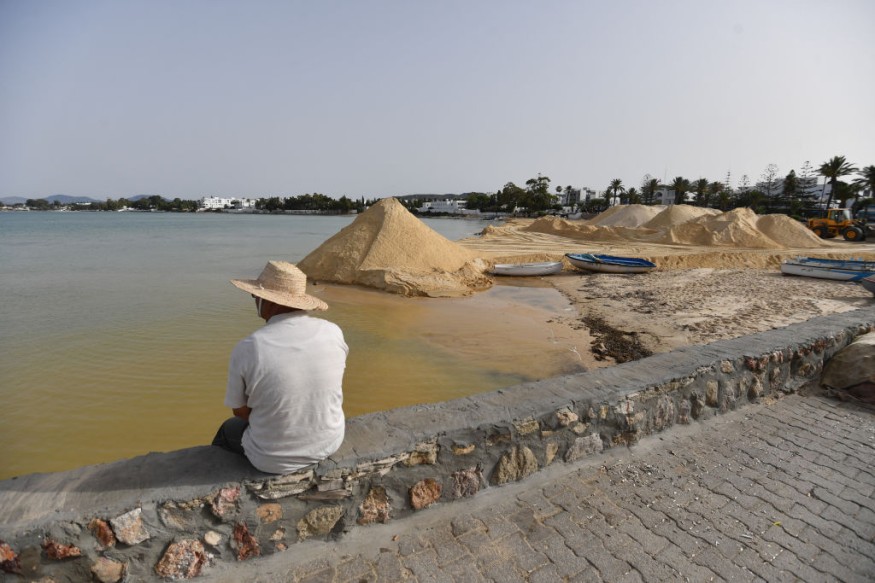
A study reveals that women make up 80% of those who are displaced by a natural disaster and are 14 times more likely to die in one.
Violence Against Women
Women's Environmental Leadership Australia's research highlighted the social disadvantage of women during the crisis as they got less security and fewer resources.
The report stated that violence against women usually increases because of entrenched traditional gender norms further solidified after a disaster.
Women do much more caring work in comparison to the disproportionate representation of men carrying out heroic activities such as water rescue, firefighting, clean-up and reconstruction.
Emergency worker Steve O'Malley educates first responders on how gendered norms can normalize violence amid extreme situations.
O'Malley said that according to research, there was a belief that the males who committed acts of violence and responded to the calamity should be pardoned.
People did not pay attention to how much influence the men had in the community because of all the trials they went through.
He added that stopping gender-based violence should be the 'core business' of the emergency sector, which is normally male-dominated.
It has been over 10 years since the release of the first study showing a spike in gender-based violence cases after some natural disasters, including domestic violence cases reported during the Victorian bushfires on Black Saturday in 2009.
Since then, studies established that there were sharp surges in domestic violence during the millennium drought, in COVID-19 lockdowns, and following the disastrous floods in the Northern Rivers of NSW in 2022.
According to a post-disaster report by peak organization Domestic Violence NSW, case workers were forced to call women using tiny antennas linked to generators in their cars because communications were destroyed during the floods.
In India, studies on female farm laborers have found a strong association between hysterectomies and displacement brought on by drought.
Due to the physically demanding nature of their work-which involves 16-hour shifts-many female laborers experience crippling menstruation cycles. Financial penalties for missing work are a feature of exploitative informal contracts, which makes women feel as though they have no choice except to have their wombs removed in order to stop having periods.
Climate Policies
Australian researchers claim policies related to the environment and climate change continue to fail in acknowledging the increased risks that women face during and after disasters even after years of accumulating evidence.
According to Dr. Pascoe Leahy, leader of a project researching women who lead, for the purposes of ensuring better protection of vulnerable populations, it is important for environmental policies to take into account gender considerations.
"We've got fabulous research in the Australian context that policymakers can use to start to respond to this. It needs to get on their radar," she added.
At the mid-year conference of the United Nations in Bonn this month, government officials did not address the problem of gender equality any more than before.
The UN's major gender project, the Lima Work Programme on Gender (LWP), was anticipated to gain more strength by the time advocates left the German city. Due to tense and slow deliberations, the LWP, however intended to be renewed by 2025, will instead be finalized in November during the COP29 climate summit in Azerbaijan.
The LWP has made it possible to comprehend "what is prohibiting women and other genders from being in [UN negotiating] spaces better," according to Claudia Rubio, the head of the gender working group for the UN's Women and Gender Constituency.
Related Article : Women In Rural Areas Suffers More From The Impact of Climate Change Than Men, UN Study Says
© 2025 NatureWorldNews.com All rights reserved. Do not reproduce without permission.





